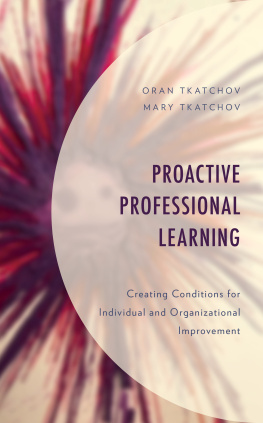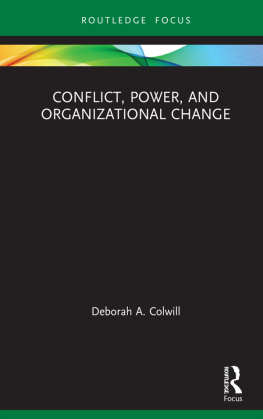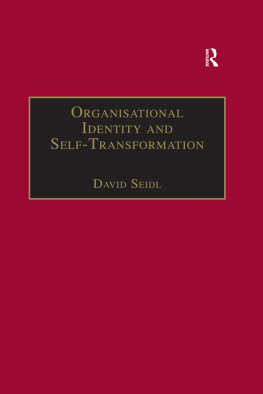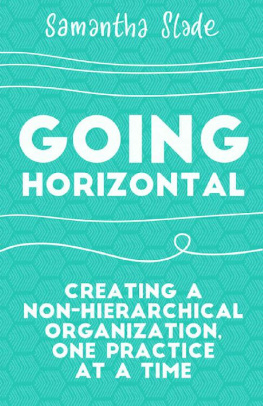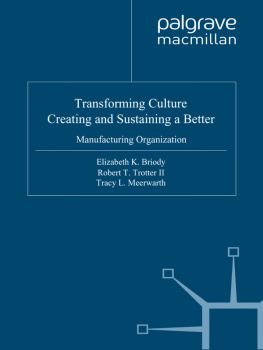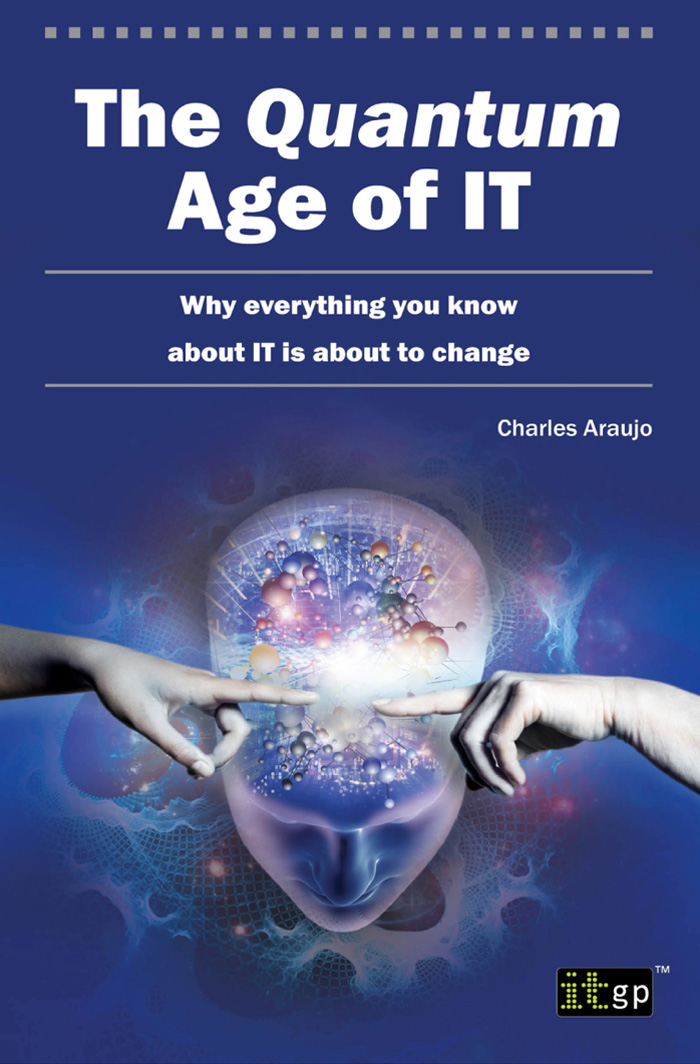RESOURCES FOR YOUR QUANTUM AGE
JOURNEY
A PRACTICAL GUIDE TO GETTING STARTED
Hopefully, this book has accomplished two things: made it clear that the world of IT is changing and inspired you to be a part of leading that change forward.
That decision takes courage. It represents a willingness to accept that much of what you have known about how IT operates is going to change. And it means a willingness to let go of much of the comfort that comes with knowing how things are supposed to work. In return, you will get a lot of uncertainty. A lot of fear. A lot of doubt. But you will also have the opportunity to be a part of what I believe to be the most significant transition in the history of our young industry. I truly believe that this is going to be one of the most exciting and rewarding times to be an IT professional. Welcome to the journey.
Now that we are done patting ourselves on the back, we have some work to do. But where and how should you start? This section will give you some starting points a few places to start your journey. Good luck. I am rooting for you!
Your reading list
Do you remember your first day in college? What is the first thing you got? Thats right a reading list. A list of books that you should read to prepare your mind for the term ahead. Well, I have one for you too and it is the best place to begin your journey.
Following is a list of books that I highly recommend you read. Many of these are the books that have been referenced in my writing, but I have also thrown in some others that round things out. What you will notice is that none of them are about IT. They deal with the fundamental issues of building the type of organization that we need to create in the Quantum Age. These qualities are universal and are not unique to IT. There is another thing that is important about this list and your own personal development. It is critical that you expand your reference points far beyond the world of IT. Many of the problems that we, as an industry, are facing have been faced by others. Many of those stories and those lessons can be found in these books. As the authors of The Innovators DNA showed us, the ability to associate is critical to our ability to innovate and think beyond our bounds. Reading these books is a great way to begin that process.
Your recommended reading list
The Fifth Discipline, Peter Senge
Breaking the Fear Barrier, Tom Rieger
The Speed of Trust, Stephen M.R. Covey
Predictably Irrational, Daniel Ariely
What Got You Here Wont Get You There, Marshall Goldsmith
Drive, Daniel Pink
Linchpin, Seth Godin
Tribes, Seth Godin
Made to Stick, Dan and Chip Heath
Switch, Dan and Chip Heath
Tipping Point, Malcolm Gladwell
Blink, Malcolm Gladwell
Leading Change, John P. Kotter
The Innovators DNA, Clayton Christensen, Jeff Dyer, and Hal Gregersen
The Discipline of Market Leaders, Michael Treacy and Fred Wiersema
Competitive Advantage, Michael Porter
Frameworks to guide you
One of the big takeaways from this book should also be that we can no longer accept the status quo or believe that things can continue as they always have been. We need fresh ideas and fresh perspectives to solve new and emerging problems. We need people who can apply critical thinking, innovation, and leadership skills to create new organizations from the old.
But that does not mean that we should do everything from scratch.
Rather than blowing up what weve built in the past, I think that its better to view this as building a new city upon the foundation of an old one. Much of what we have done in the past will remain valid, it will just need to be adapted for our new circumstances. Particularly when it comes to core operational disciplines, we are foolish if we do not leverage the many frameworks that have been built by very smart people over long periods of time. They represent proven practices that, when used as tools (instead of one-size-fits-all instant answers), are extremely powerful aids in your march into the Quantum Age. You should use them as the foundation to building your learning, disciplined, and transparent organization.
Which framework?
I am sometimes asked which framework should be used or which is best. There is no right answer to this question. When I began writing this book, I was very curious as the right number of words to qualify the work as an appropriate book. I found the best answer on a blog from a wise man who said: As many as you need and not one more. It is the same with choosing which frameworks to use, if any. You should use exactly as many as you need and not one more. There are no brownie points for being the organization that adopts the most frameworks. They are merely tools and should be used to whatever degree they help you create the type of organization that you and your customers demand. It is also important to note that you may choose to use select elements from many of the frameworks. There is no right answer they are just tools that are at your disposal.
Still, each of these frameworks has something to offer and is worth a look. At a minimum, you should review and evaluate each of these in the context of your goals and objectives. Where you find something of value, use it. Where you do not, move on.
Frameworks, methodologies and bodies of knowledge to consider:
ITIL
COBIT
IT-CMF
BiSL
PMBoK
Lean Six Sigma
CMMi/CMMi for Services
The Telemanagement Forum (TMF) NGOSS
Parallel paths
Once you have some reading under your belt and have examined some frameworks to guide you through the early stages, you are ready to get going. So, where do you start? With the skills that you need to develop? Or with the five organizational traits?
Yes!
That yes is meant in two ways. First, to a certain degree, it doesnt matter. Just get started. Dont let this be one of those situations where you let a bunch of analysis get in your way. There is much to learn and much to do. Pick the path of least resistance and get started. There will be an abundance of barriers in your way. Find the path that is the least encumbered and begin walking down it. If there is one of the five skills or even a specific element of one of the skills that speaks to you and in which you believe you can make a difference, then start there. If there is a political appetite to begin developing one of the five traits in your organization and you have an opportunity to be a part of it, then do it.
There is definitely a sense of order with both the five traits and the five skills, but you can literally begin moving forward in any area for some time before youll hit any meaningful dependencies. The most important thing here is to create momentum and to find some early success. So, find and create the situation that is most likely to allow you to get moving.
That yes was also meant in another way. You should feel free to begin work in multiple areas if that is helpful to you. Some people like to work linearly. Some have a bit more of an attention deficit disorder personality and can never be happy doing only one thing at a time. If you want to begin with three skills and working on two traits, then do it. The same rule about getting started applies. The most important things are momentum and early success especially if you are involving others. So make sure that you dont take on more than you can handle. You need to have a reasonable opportunity to be successful. But if you want to work on multiple areas at once, as long as it works for you, then do it.


